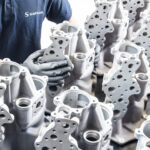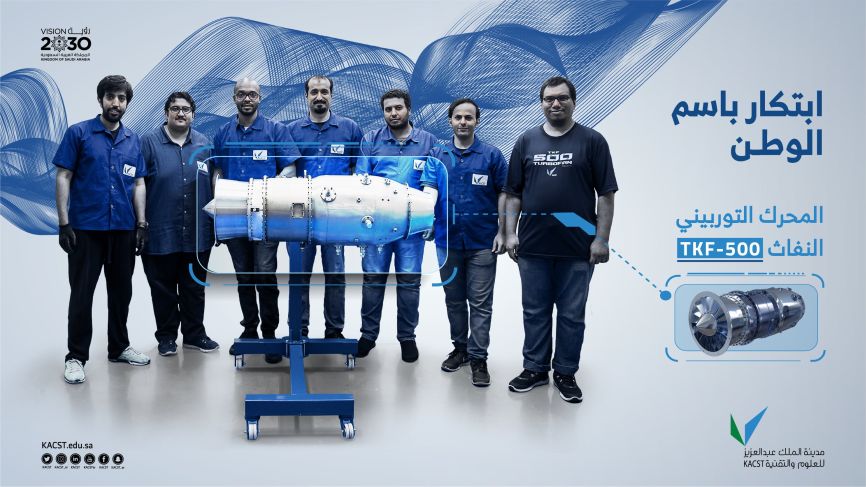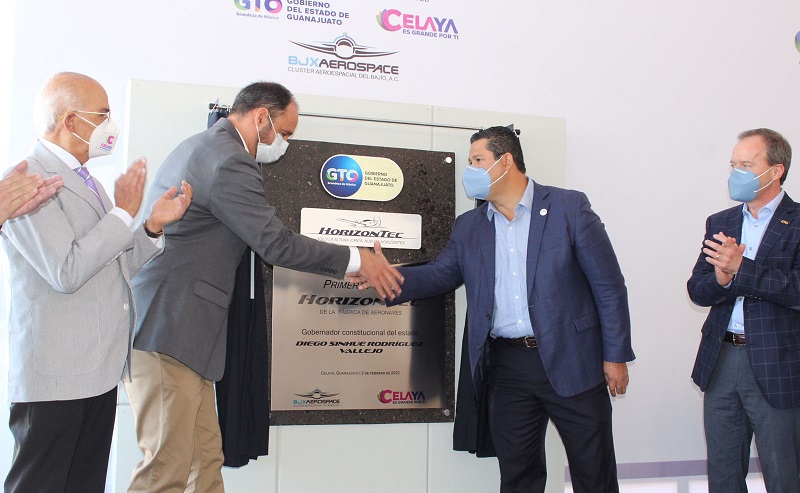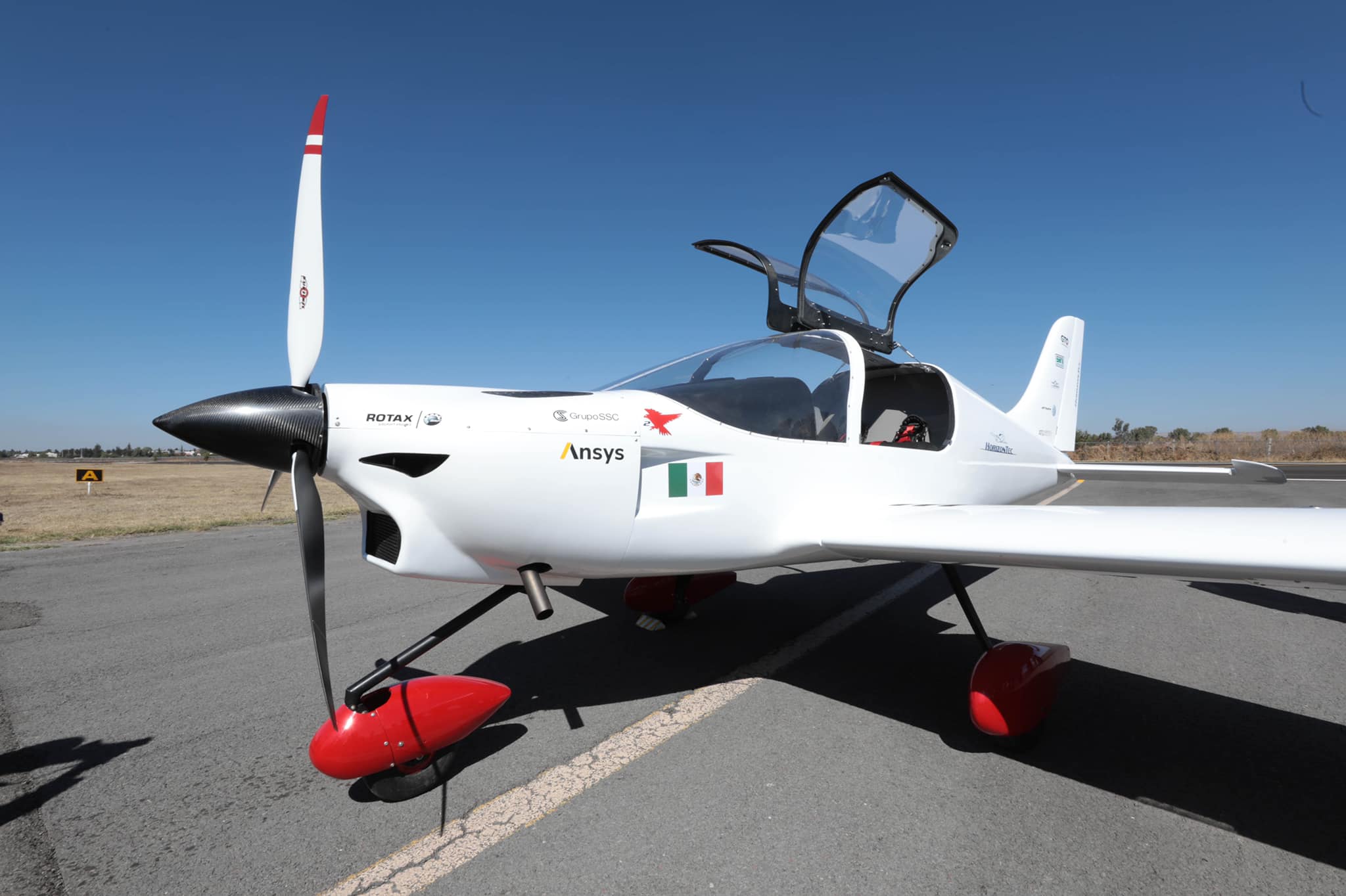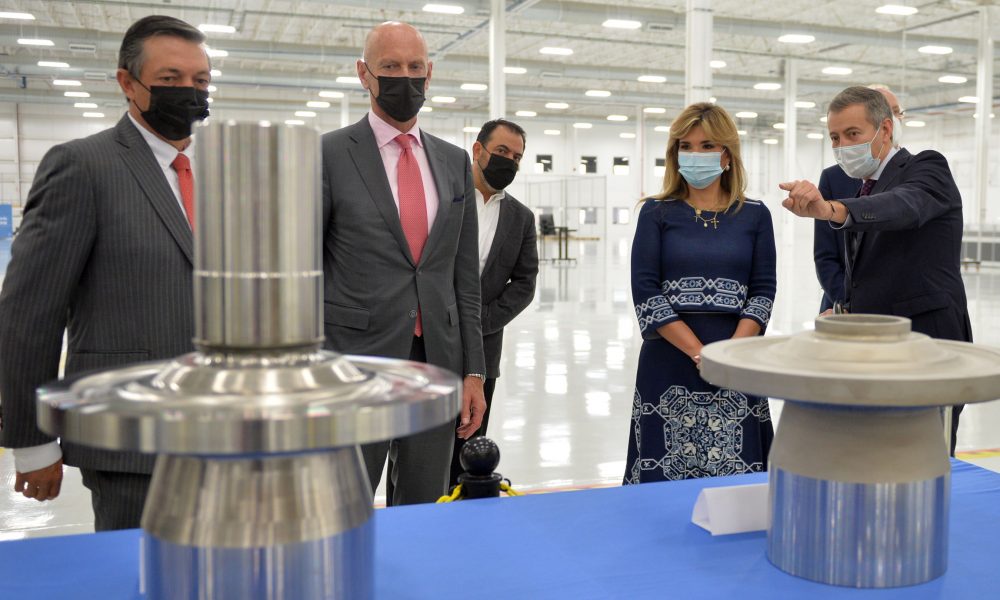MiG-29SMT
New Member
- Joined
- Jan 12, 2020
- Messages
- 4,124
- Likes
- 5,108
Belén Cancino

ATLIXCO, Pue. For 17 years, Avipro Manufacturers S.A. de C.V. has produced the fuselage of more than 200 light aircraft that have already flown in nine countries around the world, but the lack of a specific regulation for experimental aviation has prevented their take-off in Mexico.
In the year 2000, in a small industrial warehouse in this municipality, the same one in which another emblematic Atlixco business was born years before, “Italian Coffee”, two good friends who were passionate about mechanics and aviation -one from Puebla and one from the United States- opened the first company. aeronautics of the country.
The first Bearhawk light aircraft, whose fuselage was produced by the firm, took flight in 2002, after two years of specialized training for its workers. To date these “Made in Mexico” aircraft have reached nine countries: Germany, Australia, Brazil, Bolivia, Canada, Ecuador, the United States, New Zealand and South Africa.

At Avipro Manufacturers S.A. de C.V. nothing is mass-produced because each piece is marked, cut and filed manually, then bent and riveted with rustic instruments, just as planes were made 100 years ago, explains the general manager.
This precisely, he adds, is the main attraction for his customers, aeronautical enthusiasts mainly from the United States and other countries around the world.
That is the secret, the success of our planes because Americans and many people like to build their own planes, they take it as therapy or as a challenge ”, he emphasizes.
LOCAL
And he maintains that despite its production method, of one unit per month, the Bearhawk aircraft of Avipro Manufacturers S.A. de C.V. they are as safe as any commercial aircraft.
Proof of this, he emphasizes, is that he has passed all the exams made by the aeronautical authorities of the nine nations in which they have already been commercialized.
Yes, you can make an airplane in Mexico and it's called Bearhawk, because they are as strong as a bear and as agile as a hawk, ”he says.
For the construction of the Bearhawk airplanes, customers buy the kit with the 49 percent engine, as the rest, assembling the fuselage, installing the engine, control systems, seats and details, are their responsibility.
"Because to be an experimental aircraft, the customer has to do 51 percent, minimum," he says.
WITH THE LAW AS AN OBSTACLE
17 years ago, Mr. Ángel Limón García, the mechanic from Alicante, founder of Avipro Manufacturers S.A. de C.V., he dreamed that the aircraft of his company would reach the whole world, however, he died two years ago without realizing his illusion.
And it is that although the name of this Puebla-American factory has already crossed the skies of several countries, in Mexico, the country where its sale takes place and consequently, its operation, practically impossible.
Luis and Agustín, his children, have maintained their father's inheritance, however they explain, they have not been able to crystallize their father's desire to make Avipro Manufacturers S.A. de C.V. an aeronautical factory, but they have had to settle for it being a maquiladora company for airframes and parts for airplanes.
In Mexico, the lack of regulation for experimental aviation, one whose aircraft are not manufactured industrially, but as its name says experimentally, has limited the progress of Avipro Manufacturers S.A. de C.V., expresses Agustín.
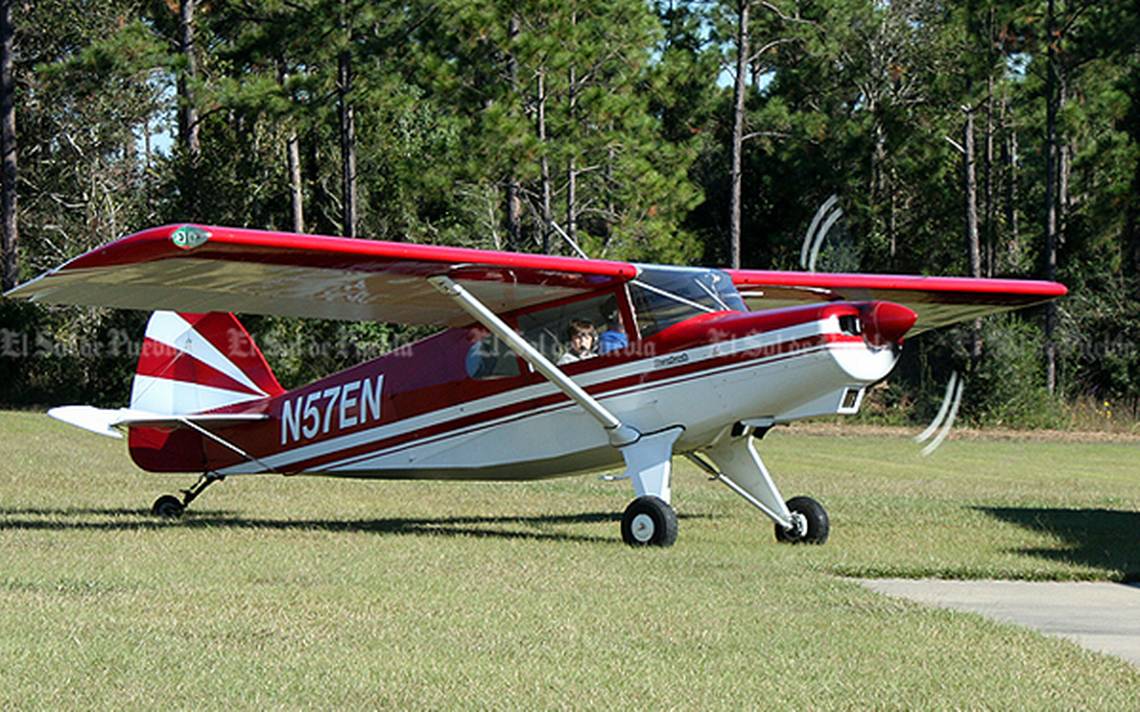
 www.elsoldepuebla.com.mx
www.elsoldepuebla.com.mx
ATLIXCO, Pue. For 17 years, Avipro Manufacturers S.A. de C.V. has produced the fuselage of more than 200 light aircraft that have already flown in nine countries around the world, but the lack of a specific regulation for experimental aviation has prevented their take-off in Mexico.
In the year 2000, in a small industrial warehouse in this municipality, the same one in which another emblematic Atlixco business was born years before, “Italian Coffee”, two good friends who were passionate about mechanics and aviation -one from Puebla and one from the United States- opened the first company. aeronautics of the country.
The first Bearhawk light aircraft, whose fuselage was produced by the firm, took flight in 2002, after two years of specialized training for its workers. To date these “Made in Mexico” aircraft have reached nine countries: Germany, Australia, Brazil, Bolivia, Canada, Ecuador, the United States, New Zealand and South Africa.
At Avipro Manufacturers S.A. de C.V. nothing is mass-produced because each piece is marked, cut and filed manually, then bent and riveted with rustic instruments, just as planes were made 100 years ago, explains the general manager.
This precisely, he adds, is the main attraction for his customers, aeronautical enthusiasts mainly from the United States and other countries around the world.
That is the secret, the success of our planes because Americans and many people like to build their own planes, they take it as therapy or as a challenge ”, he emphasizes.
LOCAL
And he maintains that despite its production method, of one unit per month, the Bearhawk aircraft of Avipro Manufacturers S.A. de C.V. they are as safe as any commercial aircraft.
Proof of this, he emphasizes, is that he has passed all the exams made by the aeronautical authorities of the nine nations in which they have already been commercialized.
Yes, you can make an airplane in Mexico and it's called Bearhawk, because they are as strong as a bear and as agile as a hawk, ”he says.
For the construction of the Bearhawk airplanes, customers buy the kit with the 49 percent engine, as the rest, assembling the fuselage, installing the engine, control systems, seats and details, are their responsibility.
"Because to be an experimental aircraft, the customer has to do 51 percent, minimum," he says.
WITH THE LAW AS AN OBSTACLE
17 years ago, Mr. Ángel Limón García, the mechanic from Alicante, founder of Avipro Manufacturers S.A. de C.V., he dreamed that the aircraft of his company would reach the whole world, however, he died two years ago without realizing his illusion.
And it is that although the name of this Puebla-American factory has already crossed the skies of several countries, in Mexico, the country where its sale takes place and consequently, its operation, practically impossible.
Luis and Agustín, his children, have maintained their father's inheritance, however they explain, they have not been able to crystallize their father's desire to make Avipro Manufacturers S.A. de C.V. an aeronautical factory, but they have had to settle for it being a maquiladora company for airframes and parts for airplanes.
In Mexico, the lack of regulation for experimental aviation, one whose aircraft are not manufactured industrially, but as its name says experimentally, has limited the progress of Avipro Manufacturers S.A. de C.V., expresses Agustín.
¡Alas poblanas hechas de acero!
Han surcado los cielos de 9 países pero no el de México

